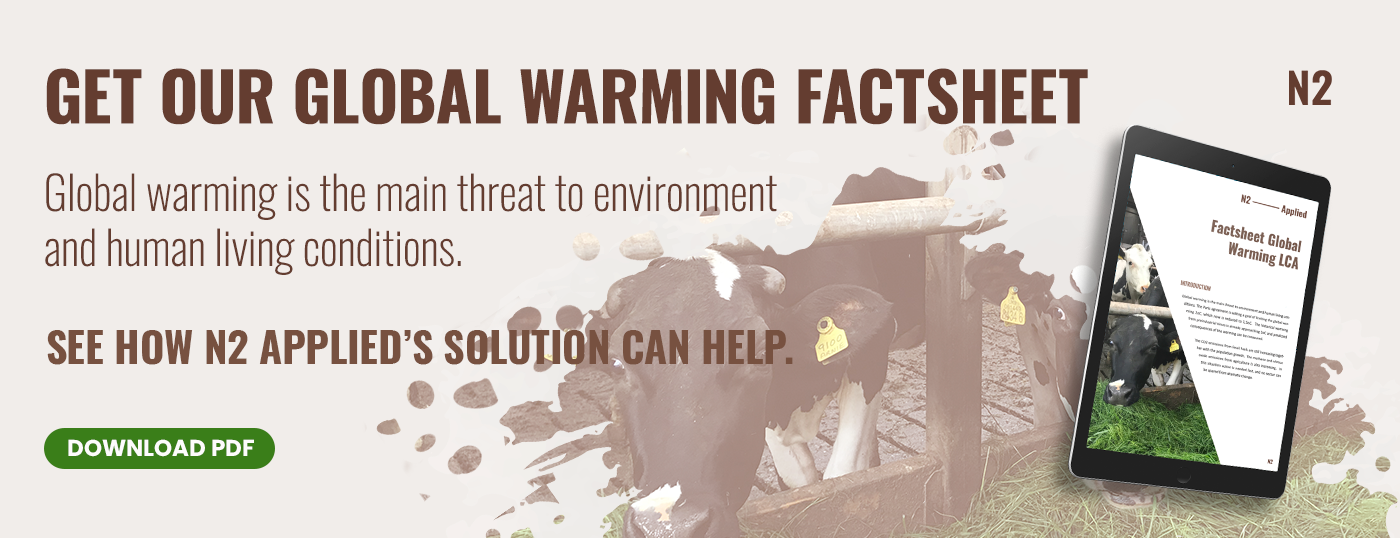Precision agriculture aims to provide plants or animals with the precise treatment they need. Instead of feeding a group of animals with the same feed or fertilising several hectares of cropland at the same rate, feeding and fertilising in precision farming is adjusted to the individual case. A key challenge is to be able to measure the need on a ‘micro-scale’ and to provide this individual need with precision. The practice and associated changes involved in precision agriculture typically come with an additional cost and effort. Yet given how significant variation between animals and plants in the field can be, the potential in optimising production with precision farming is substantial. With potential gains in numerous aspects including yields, product quality as well as the opportunity to meet environmental requirements.
Precise observation
Everything starts with precise observation. If you want to act precisely, a critical first step in the process is to understand the precise needs through reliable data collection and interpretation. A range of technologies is available to make this possible, including sensor technology, hyperspectral imaging, GPS, and robotics. Precision farming is highly data-intensive, taking measurements of the current situation, but also comparing with historical data.
In addition, other relevant data can be used in combination to draw conclusions and make the best decision. For example, precision fertilising is possible when data on the condition of the plants and soil is available. Near InfraRed (NIR) sensing is used to measure the biomass or moisture in plants and can also measure nutrients in the soil. In this case, these parameters are not directly measured but are an interpretation of the infrared spectrum that is collected. Based on data of this kind, along with the use of software and logarithms, an appropriate conclusion can be drawn on the condition of the soil and plants.
Precise treatment
Only after precise observation, can a relevant (and precise) treatment be executed. Within the example of precision fertilising, information on the soil’s nutrient content – for example, the level of nitrogen along with a score of the crop’s condition, can a decision and action can be made regarding the amount of fertiliser that needs to be applied to a certain area or location (dosage down to the square meter). This precise dosing is only possible with the correct data and the right farm equipment. Where the equipment used is compatible with advanced software in combination with precise dosing solutions. This combination accommodates precision in the dosing and the application - to use the right treatment amount on the right location. Increasing developments are underway in this type of technology, with a growing range of robotic solutions entering the market to support these precise treatments.
Growing potatoes with precision
A pioneer in precision farming is third-generation farmer Jacob Van den Borne, from Van den Borne Potato farm in The Netherlands. This farm has been practising precision farming since 2006 and uses data collection techniques that leverage the likes of satellites and drones. Practices at the farm are done in combination with sensors and measurements in the field to gather a range of valuable data that provides detailed information on soil quality, water content, nutrient levels, and growth. Advanced technology combines data analytics from soil and crop sensing systems, satellite imaging, and yield monitoring systems to optimize the growth of crops. Fulfilling the needs of each individual plant, rather than treating the whole field the same, allows Jacob to reduce the usage of fertilisers and pesticides and at the same time increase the yield.
The Van den Borne Potato farm currently hosts one of N2 Applied's pilot Units, with a key aim of the farm to produce potatoes without using chemical fertilisers. Collaboration with nearby livestock farmers allows for crop rotation and the usage of livestock slurry as a fertiliser to spread on the fields. However, using livestock slurry in its raw form presents a challenge to farming operations and within the practice of precision farming. While livestock slurry contains valuable nutrients, it has a relatively low efficiency as a fertiliser, with varying nitrogen concentrations - proving to be a difficult challenge when precision is of priority.
- The organic nitrogen from slurry needs to first mineralise in order to become available for plant uptake. In addition, a substantial part of the soluble nitrogen found within slurry is lost during application (as gas emissions into the air predominantly as ammonia), which amplifies the challenge of using slurry in precision farming practices.
- Another aspect related to the challenges of utilising livestock slurry in precision farming practices is nitrogen deficiencies – a critical aspect hindering sufficient potato growth. Under the Netherlands' current regulatory framework limitations of 170 kg N maximum from manure per hectare, sufficient nitrogen from slurry alone cannot be provided to support optimal potato growth.
Van den Borne has been looking for solutions to overcome these challenges and provide viable means to utilise livestock slurry within precision farming practices. This is where N2 Applied’s Nitrogen Enriched Organic fertiliser (NEO) comes into the picture. NEO contains ammonium nitrate – which is immediately available for plant uptake and supports precise dosing during application due to the way and forms the nutrients are made available. In addition, the reduced pH in the NEO reduces the loss of nitrogen as ammonia into the air, and thus remains available for plant uptake, resulting in good crop growth.
Precision farming - an efficient and sustainable way to feed the world
Executing a precise range of treatments at the right time, in the right place, can significantly improve crop production, help to maintain soil quality, and reduce spillage. It can be an efficient way to feed the growing world population. As Jacob Van den Borne also encountered, precision agriculture offers an opportunity for farmers to overcome the challenges attributed with resources that are typically less ‘reliable’ than conventional equivalent such as livestock slurry.




